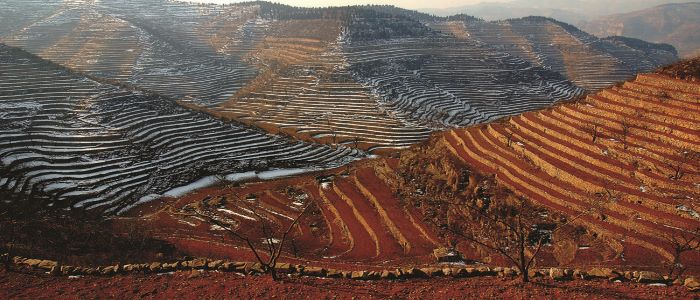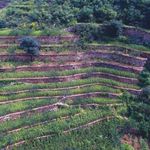Shexian Dryland Stone Terraced System, China
GIAHS since 2022

Summary | Partners |
|---|
Shexian Dryland Stone Terraced System is a rain-fed agricultural system located on the mountains and developed thank to local communities’ adaptation with the harsh environment. The system dates back to the 27th year of Zhiyuan (a reign title of Kublai Khan) of the Yuan Dynasty (1290) and covers a total surface of 204.35 km2, among which stone-ridge terraces cover 27.68 km2. She County is well known for walnut and Chinese prickly ash in China but even other agricultural and forestry products such as millet, corn, soybean and black jujube are cultivated in the terraces. This complex ecosystem provides a rich food variety while playing an important role in soil, water and biodiversity conservation.
In fact, in order to reduce soil and water losses guaranteeing as much arable land as possible, the local communities have built up a large number of stone terraces. By taking full advantage of local diversified crops and varieties’ resources, local people have developed farming techniques of “hiding food on the farmland”, storage techniques of “keeping food in the cellar” and survival skills of “saving food from the mouth”, which has effectively guaranteed their food security, livelihood security and social well-being.
News
Shexian dryland stone terraced system is a rain-fed agricultural system in the mountains, developed by the local ancestors through adapting to and transforming the harsh natural environment and inherited from generation to generation. The dryland terrace system has outstanding soil and water conservation abilities. This practice explains the process of building stone terraced fields includes constructing stone shelters (known as Shi'anzi), piling stone ridges and backfilling soil in three phases. Read more.



